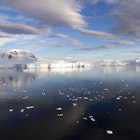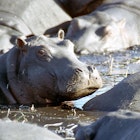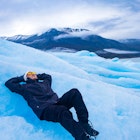Majestic landscapes, sensational wildlife and a surreal remoteness lure intrepid dreamers to Antarctica, the pristine last frontier of our planet. A destination this extreme may incite an urge to chart the course on your own, but it’s best to call in the experts to guide you on this once-in-a-lifetime journey.
Because of its delicate environment, strict regulations and a lack of tourism infrastructure on the continent’s shores, most travelers visit Antarctica on expedition cruises that circumvent the Antarctic Peninsula and its surrounding islands. Prep for your voyage with the help of a polar travel tour operator – they’ll handle the planning, but suitable packing, physical conditioning and mental readiness is up to you.

Lean on an outfitter for the logistics
Antarctic cruises have the benefit of organized pre- and post-voyage transportation and sometimes include additional excursions around Ushuaia, Argentina (where most Antarctica-bound vessels call in to port) plus accommodations, on-board meals and expedition gear included in the price. Pick a reputable, International Association of Antarctic Tour Operators-affiliated (iaato.org) outfitter to ensure a safe and environmentally responsible experience.
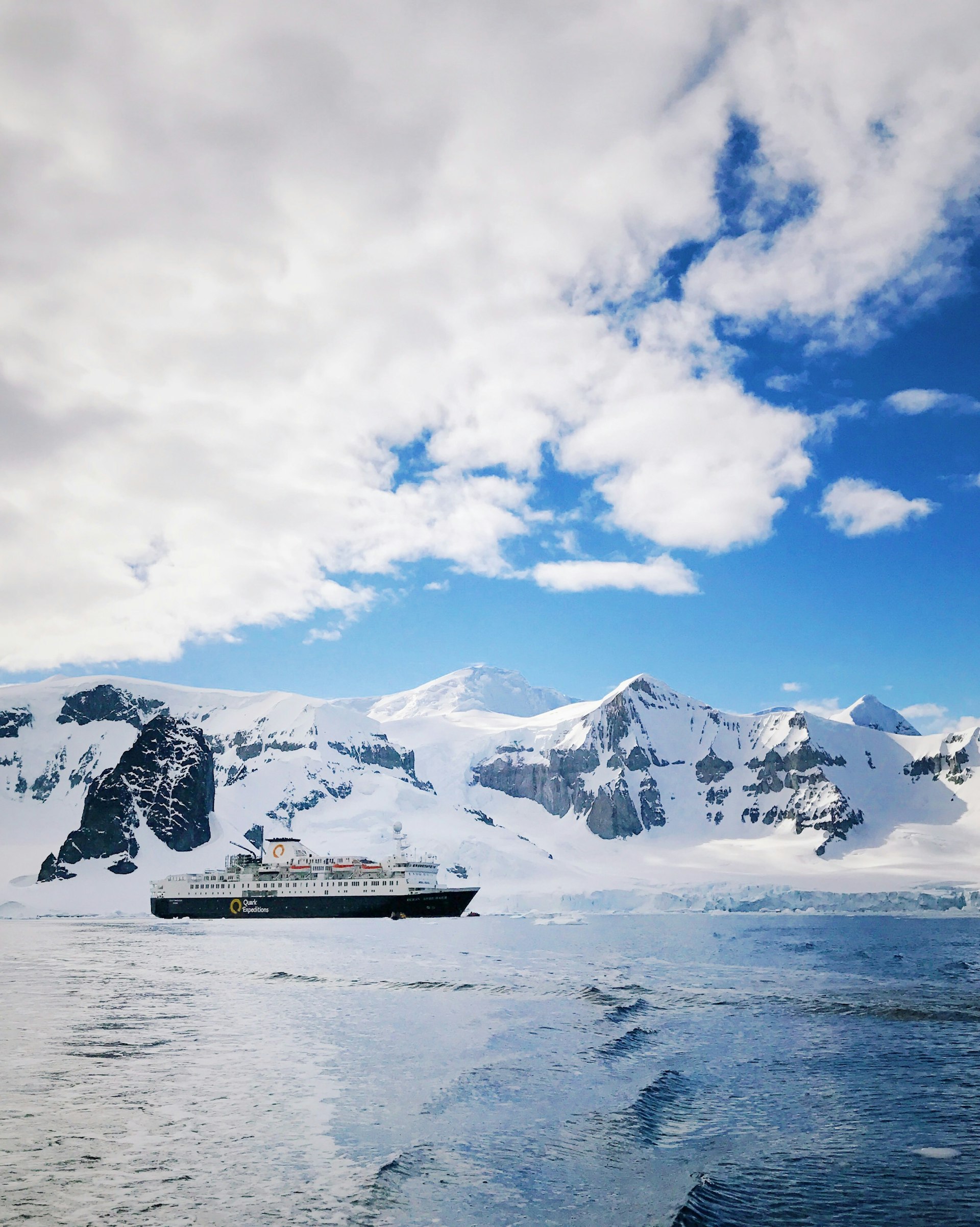
The more you know, before you go
Reading about Antarctica’s history, geography and wildlife will not only provide pre-trip inspiration, but will help you appreciate the journey as you reflect on the tales of those first explorers who charted the very same waters you’ll be sailing. Antarctica showcases wildlife on a magnificent scale, so learning about the life-cycle and food chain of the continent’s species will provide insight on the mesmerizing and sometimes curious behavior you’ll bear witness to.
If you don’t get a chance to read up before you go, most ships have reference libraries and offer lectures by on-board scientists. You may find yourself sitting next to one of them in the dining hall – pick their brains and you’re guaranteed top-notch dinner conversation.
At the very least, brush up on ice – it’s good to know the difference between a glacier and a ‘berg (the former chills on land while the latter floats out to sea).
Get the right gear
Many outfitters supply essentials like parkas, boots and waterproof trousers. These items are likely to commandeer most of your luggage space, so check with your operator to find out if these will be provided or if you must bring your own. Consult any packing list they supply, which should include items like hats, scarves and gloves (it’s wise to pack a back-up of each), wool socks and base layers.
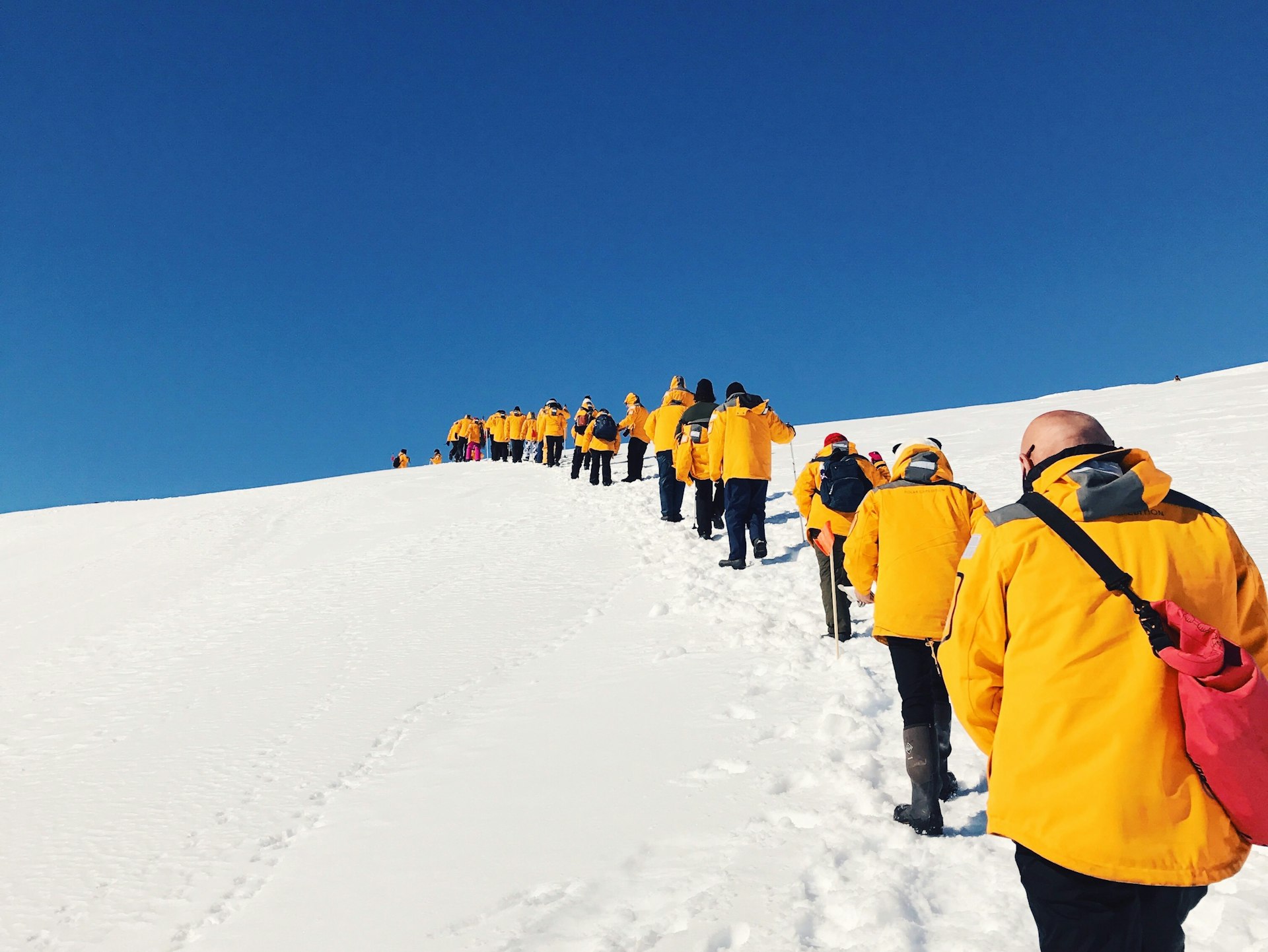
Layers are everything on an Antarctic expedition, which goes for on-board time as well – you may be cozy with a cup of tea and a book one moment, then rushing outside to spot a pod of killer whales porpoising beside the ship the next. Best have a fleece and a down mid layer quick at hand, plus a pair of waterproof shoes with good grip for the slippery decks.
Non-clothing essentials
Bringing a quality pair of binoculars is wise, and if you want to get good photos of fast-moving wildlife, a zoom lens is ideal for your camera. Be sure to bring some kind of waterproof casing for your camera or mobile phone as splashes while riding on Zodiacs (the smaller boats used to venture out from the cruise ship) are certain.
Despite being a land of ice, the sun is incredibly strong in Antarctica and reflects blindingly off the snow, so sunscreen (at least SPF 45) and sunglasses are necessary. The cold wind can wreak havoc on your lips, so stock up on lip balm with SPF.
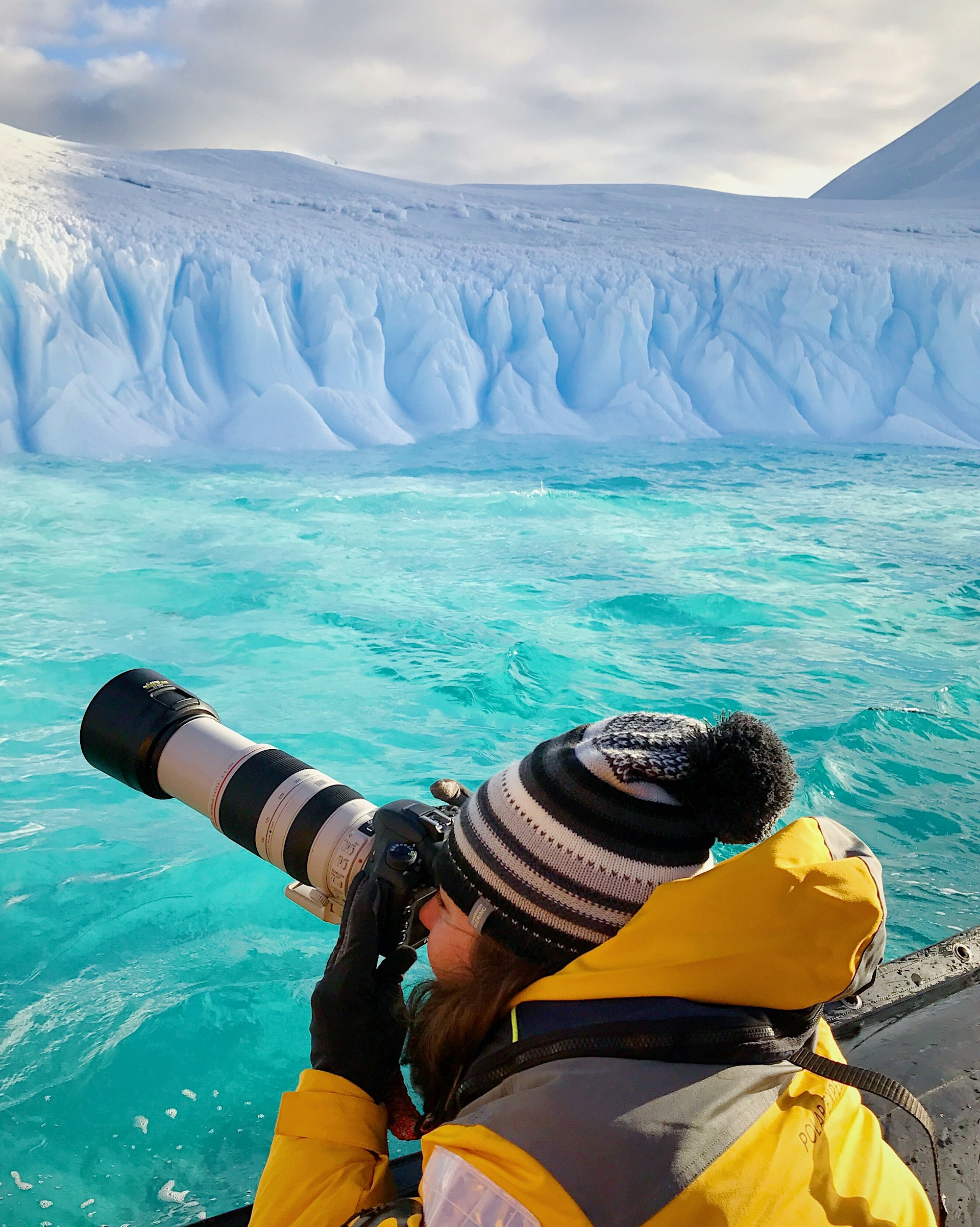
As minimal as you should strive to be, it’s nice to have a couple of creature comforts…particularly, edible ones. Most voyages have set meal times and the grub is plentiful, but outside of that, food may be hard to come by. Bring along some trail mix and chocolate or protein bars.
There’s often a strict weight limit on what you can bring on the ship (checked and carry-on luggage combined) and the average ship cabin is scant on square footage. Unless you find comfort in clutter, leave any unessential items at home – your cabin mate will appreciate it.
Shape up to ship out
You don’t have to be a triathlete to go on an expedition cruse to Antarctica, but general physical preparedness and sound mobility make for a much more comfortable voyage. One of the defining realities of a cruise expedition to Antarctica is the crossing of the Drake Passage – twice. This 600-mile stretch of sea between Tierra del Fuego (shared between Argentina and Chile) and the Antarctic Peninsula is notorious for rough waves. It’s the confluence of three oceans: the Atlantic, the Pacific and the Southern; their temperatures and currents meld to create swell that once saw explorers perish.

Though the vessels of today are well equipped to maneuver such choppy waters, brace yourself for what will be a bit of a bumpy ride at best and vomitous at worst. When the ship starts to sway as you amble from deck to deck, good balance and leg strength well keep you sure-footed as a goat. When walking around, always keep one hand somewhere on the boat. The handrails you see everywhere serve a purpose (just don’t forget to hit a hand sanitizing station every time you pass one).
After crossing the Drake, it’ll be time to get onto the water in Zodiacs, which requires coordination and balance, plus a bit of core strength to stay upright and steady while zipping around brash ice and ‘bergs. Depending on the operator, excursions like kayaking, stand-up paddleboarding, camping, skiing and mountaineering are sometimes on offer, so ensure you’re in the right physical condition to take part. The expedition may also feature a “Polar Plunge” event, where you jump – in most cases, with a harness – off the side of the ship into the freezing ocean. Harness aside, you’ll need to know how to swim for this one.
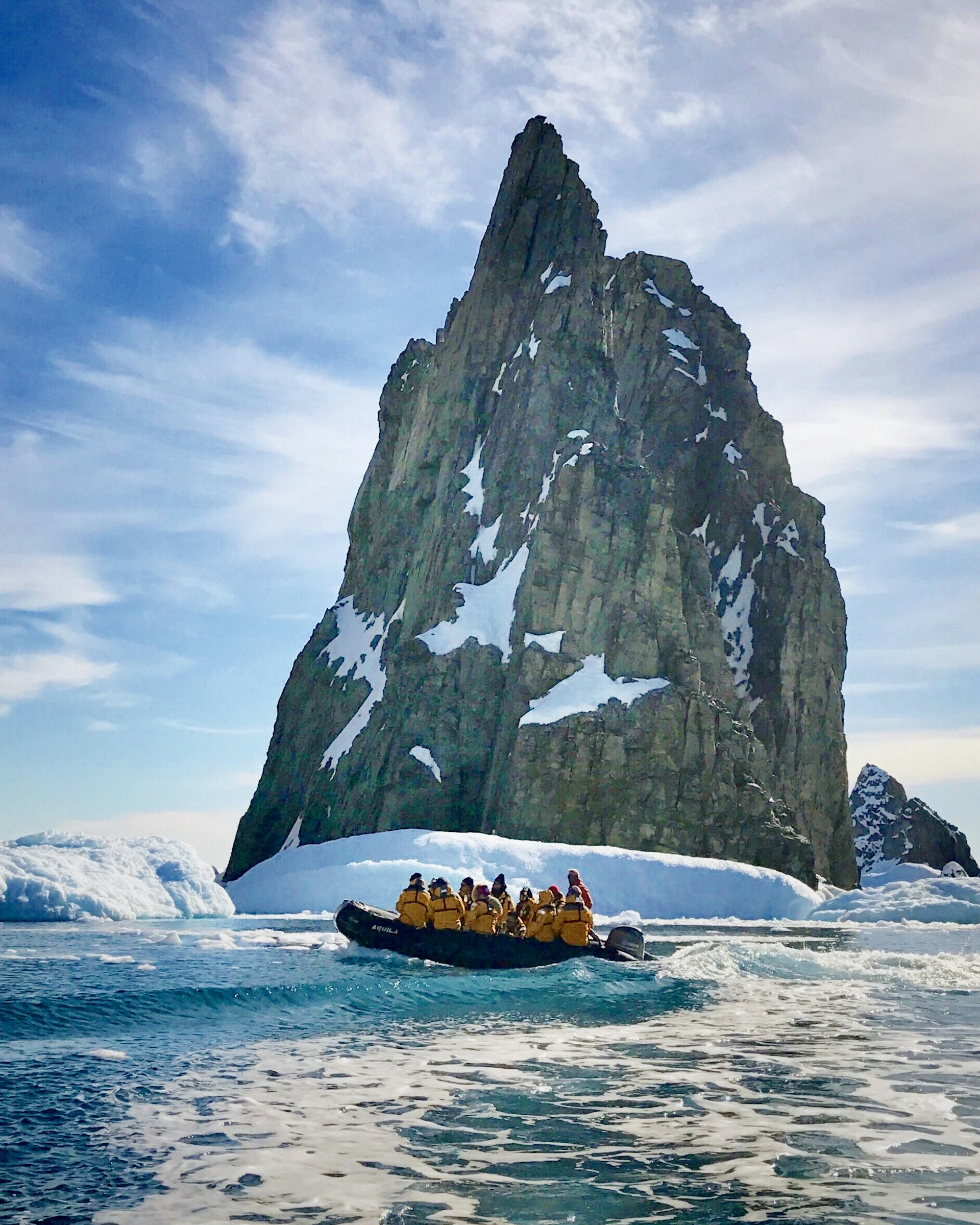
Settle into setting sail
Once you get onto the vessel, get comfortable – this is your home for at least a week. The people who boarded the ship with glee alongside you were once strangers but are now family, whether you like it or not; you may form fast friendships with some and avoid others as much as possible, until you’re all forced to come together over dinner. Revel in the conversations and share stories, but take solace in solitude where you can find it. Yes, there’s usually (expensive) wifi on board, though there’s no better place on Earth to unplug than at the end of it.
MaSovaida Morgan traveled to Antarctica with support from Quark Expeditions (quarkexpeditions.com). Lonely Planet contributors do not accept freebies in exchange for positive coverage.
Last updated in August 2017.



